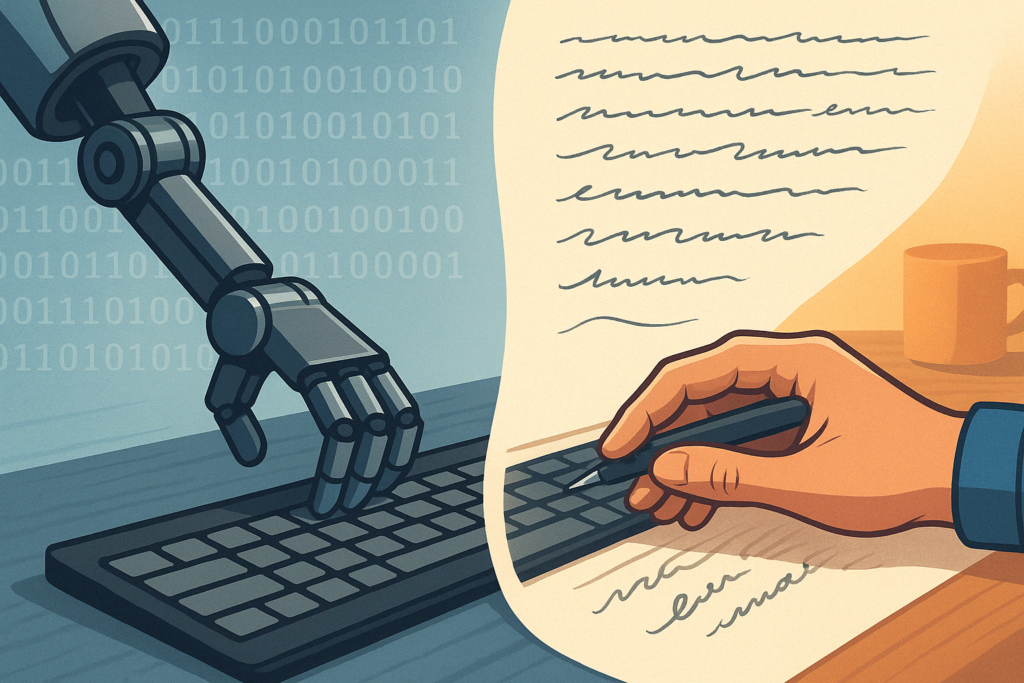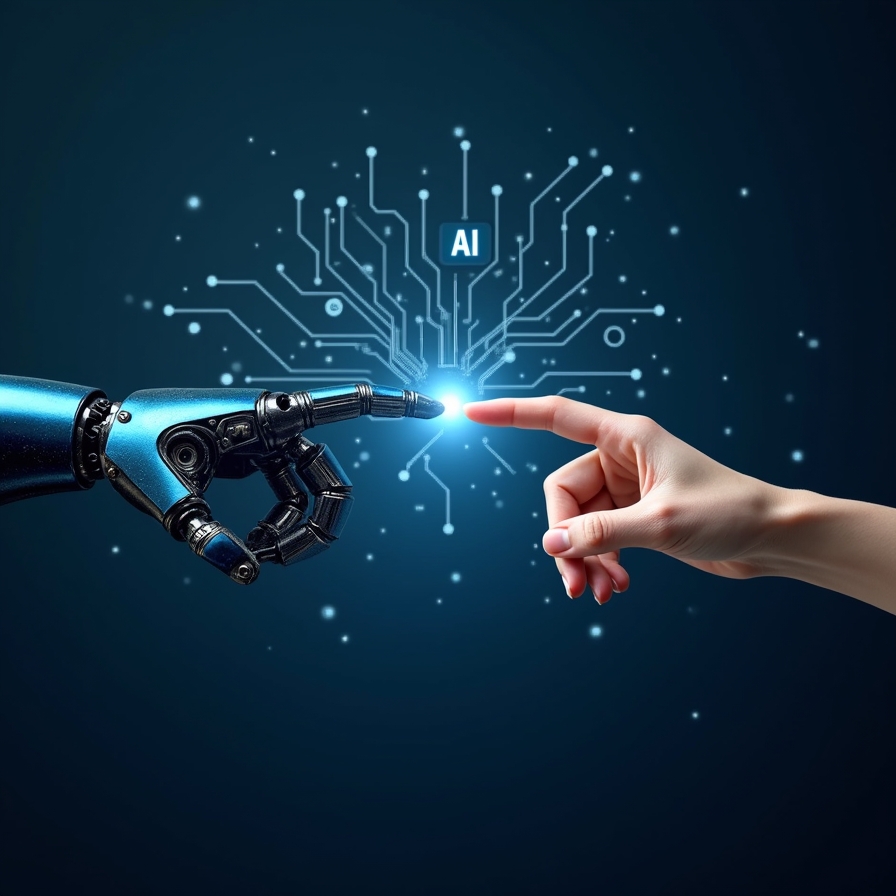
Artificial intelligence has drastically reshaped our world in several aspects, one of the most evident ones being content creation. However, AI-written text often lacks the subtlety, nuance, and emotional depth of human writing. This is where AI-to-human text conversion tools come into play, refining machine-generated content to sound more natural and engaging, along with making it undetectable by AI detection systems. This article dives into how these tools work and their significance today.
What is AI-to-Human Text Conversion?
AI-to-Human text conversion refers to the process of transforming AI-generated text into more human-like language. Typically, conventional AI text generators lack the capability to apply layers of understanding, idiosyncrasies, intricacies, and the emotional depth associated with human language. AI-to-human text conversion tools strive to bridge this gap, employing sophisticated technology to refine AI-produced content, making it more relatable, natural, and engaging.
How it Works: Making AI Text More Human-like
The humanization of machine text involves several complex processes, primarily driven by Natural Language Processing (NLP), semantic restructuring, and stylistic adjustments. NLP deals with the interaction between computers and humans using the natural language. It makes the machines understand, interpret, and mimic human language effectively. With semantic restructuring, the text’s meaning and context are adjusted to make it more human-like.
Stylistic adjustments add a layer of human-like flair to the content, incorporating elements like local idioms, cultural references, or specific writing styles. Through these measures, AI text is transformed to appear as if it was written by humans, with the same depth, emotion, and subtlety typically associated with human writing.
Why it Matters: SEO, Engagement, and Bypassing AI Detection
Machine-written content that mimics human language effectively plays a crucial role in SEO. Search engine algorithms favor content that is engaging and easily understood by the intended readership. In that vein, AI-to-human text conversion helps SEO by producing more natural and engaging content.
This technology also helps bypass AI detection tools which are wired to identify machine-generated content. By making the content more human-like, these detection tools are outsmarted, paving the way for wider use of AI in sectors like blogging, academic writing, professional copywriting, and more.
Use Cases: Beyond Content Generation
While blogging and content creation are the primary areas where AI-to-human text conversion is used, its application extends beyond that. In academic writing, for example, researchers use these tools to paraphrase complex academic language into easily understandable text making academic knowledge more accessible. Similarly, in professional copywriting, these tools can generate a bulk of engaging, SEO-friendly content in a fraction of the time a human writer would take.
Best AI to Human Text Tools: Enhancing Machine-Written Content
Numerous AI tools have been designed, each offering unique features to enhance machine-written text. Tools like OpenAI’s GPT-3, Jarvis.ai, and Quillbot perform exceptionally well in refining AI-generated content, making it appear more human-like. While these tools are revolutionary in their approach, the efficiency and results may vary based on the specific requirements of the content.
Challenges & Ethical Considerations: Navigating the AI Field
As promising as the technology may be, there are several challenges and ethical considerations to take into account. Questions arise about originality, authorship, and the ethical implications of potentially tricking AI detection systems. Using AI to generate quality content might sometimes lead to plagiarism or intellectual property right issues. Furthermore, bypassing AI detection systems walk a fine line between genuine use and unethical manipulation.
Future Outlook: Further Blurring the Human-Machine Text Line
The advancements in AI promise a future where machine-generated text will become indistinguishable from human-produced content. With rapid progress in NLP and machine learning, we are witnessing an era of AI-human convergence in the world of content writing. As these technologies continue to improve, we can anticipate a future where AI writes with the same finesse, complexity, and depth as human authors, offering limitless possibilities.
In conclusion, AI-to-human text conversion tools serve as a cornerstone in leveraging artificial intelligence for content creation. While humans still have the monopoly over creativity and emotion, the gap is gradually closing, ushering in an era where AI will successfully mimic this subtlety. The key lies in responsibly using and advancing this technology, keeping in mind the logistical and ethical implications.
- What is AI-to-Human Text Conversion?
- How it Works: Making AI Text More Human-like
- Why it Matters: SEO, Engagement, and Bypassing AI Detection
- Use Cases: Beyond Content Generation
- Best AI to Human Text Tools: Enhancing Machine-Written Content
- Challenges & Ethical Considerations: Navigating the AI Field
- Future Outlook: Further Blurring the Human-Machine Text Line
AI Humanizer
Humanize AI-generated content into natural, readable, and engaging text that bypasses AI detectors
Try Humanizer
